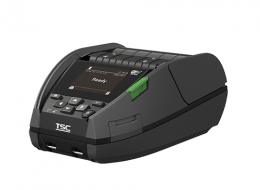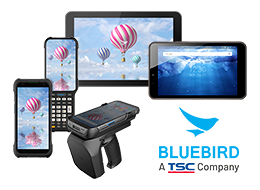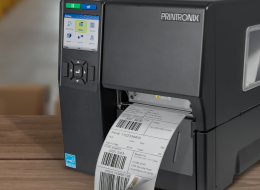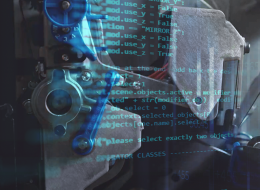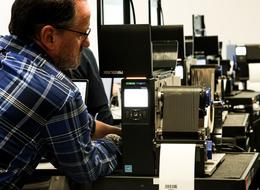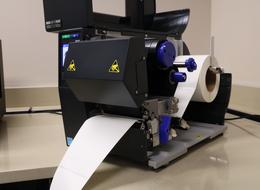Your Guide to Memory in RAIN RFID Tag Chips
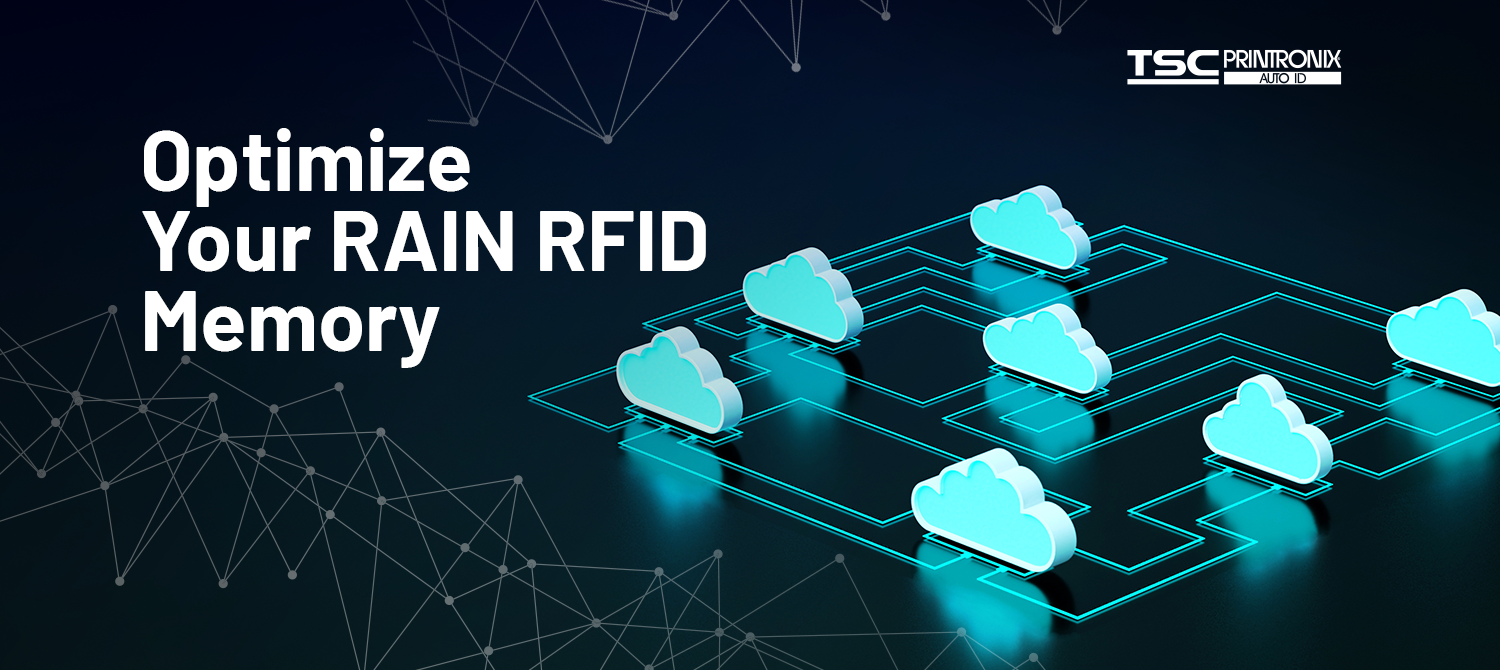
Memory in RAIN RFID Tag Chips
RAIN RFID solutions utilize two general types of chips: Tag Chips and Reader Chips. This blog article is about Tag Chips.
Many people think that all RAIN tag chips are interchangeable – and they often are – but there are different types of chips and different memory sizes available. If you are looking to implement a RAIN RFID solution or perhaps try a different inlay in your RAIN labels, then you should make sure that you select an appropriate chip with an appropriate amount of memory for your application.
The Memory Banks in a RAIN Tag Chip
RAIN tag chips have, by definition, four memory banks. These are:
- Reserved
- EPC/UII (note that this memory bank is often referred to as just “EPC,” but a more proper name includes the ISO term of UII [Unique Item Identifier].)
- TID (Tag Identifier)
- User
The first memory bank, Reserved, is used for the optional “Access” and “Kill” functionalities. All common chips on the market support these functionalities to some degree, but the details, particularly with regard to locking your data (Access), can be different. If you plan to lock your data after encoding, make sure you understand which approach your chip uses to lock the data. This is particularly important if you switch from one type of chip to another for the same application.
The majority of users focus on the second memory bank, EPC/UII, and write only a 96-bit serial number here. For this “basic EPC number” purpose, all common chips currently on the market will suffice. But any particular chip may have significantly more memory than 96 bits in this bank and be overkill. Since “memory = money,” you may be able to use a cheaper alternative with less memory. On the other hand, what if you need to write a longer serial number than 96 bits, or if you want to also encode some additional data to this memory bank? Then you would need more than 96 bits of memory here. The available memory in the EPC bank generally ranges from 96 up to 496 bits, so check the specifications before you order any labels. And, again, if you plan to switch to a new chip for an existing application, make sure that the new chip has enough EPC/UII memory.
The third memory bank, the TID, is pre-programmed and locked by the chip manufacturer. It contains information about the chip manufacturer and model, and usually also a unique serial number. As this memory bank cannot be written to, most users do not concern themselves with it. But if you plan to implement a solution involving unique serial numbers generated from the TID (including so-called “Multi-vendor Chip-based Serialization” or “MCS”), then make sure that your chips do have unique numbers in the TID bank.
The final memory bank, User memory, can range in size from 0 bits all the way up to 64k bits, as found in “high-memory” chips (there may even be some specialty chips out there with more memory). Do you plan to encode additional data beyond a serial number to each label? Perhaps a batch number, lot number, or expiration date? In short, do you need a chip with User memory, and, if so, how much? The answers to these questions are, of course, determined by your application, but you need to ensure that the chip options you are considering provide sufficient User memory.
And finally, whatever memory configuration you opt for, make sure to encode the tags properly to avoid RAIN Flooding and Acid RAIN!
Solution Partners to Grow Your Business into the Next Generation
Now that you have a quick understanding of RAIN Flooding and Acid RAIN, what should you do to avoid these problems both today and in the future? Keep in mind that even if these problems are not apparent in your operation today, with the increasing industry demands for RAIN tags and solutions, they will be problems in the future unless you take preventative measures now. We recommend reading the following introductory documents on these topics found on the RAIN Alliance resources webpage: RAIN Item Numbering and Tag Data and RAIN Item Numbering and Tag Interference.
These resources will give you a better sense of the issues to be cautious of. Selecting a knowledgeable solution provider who understands these issues and can help design your systems to ensure that you avoid them is the next step to optimizing your operation for the future technologies of the RFID industry.
To learn more about RFID solutions offered by TSC Printronix Auto ID, contact your local sales representative or click here.

